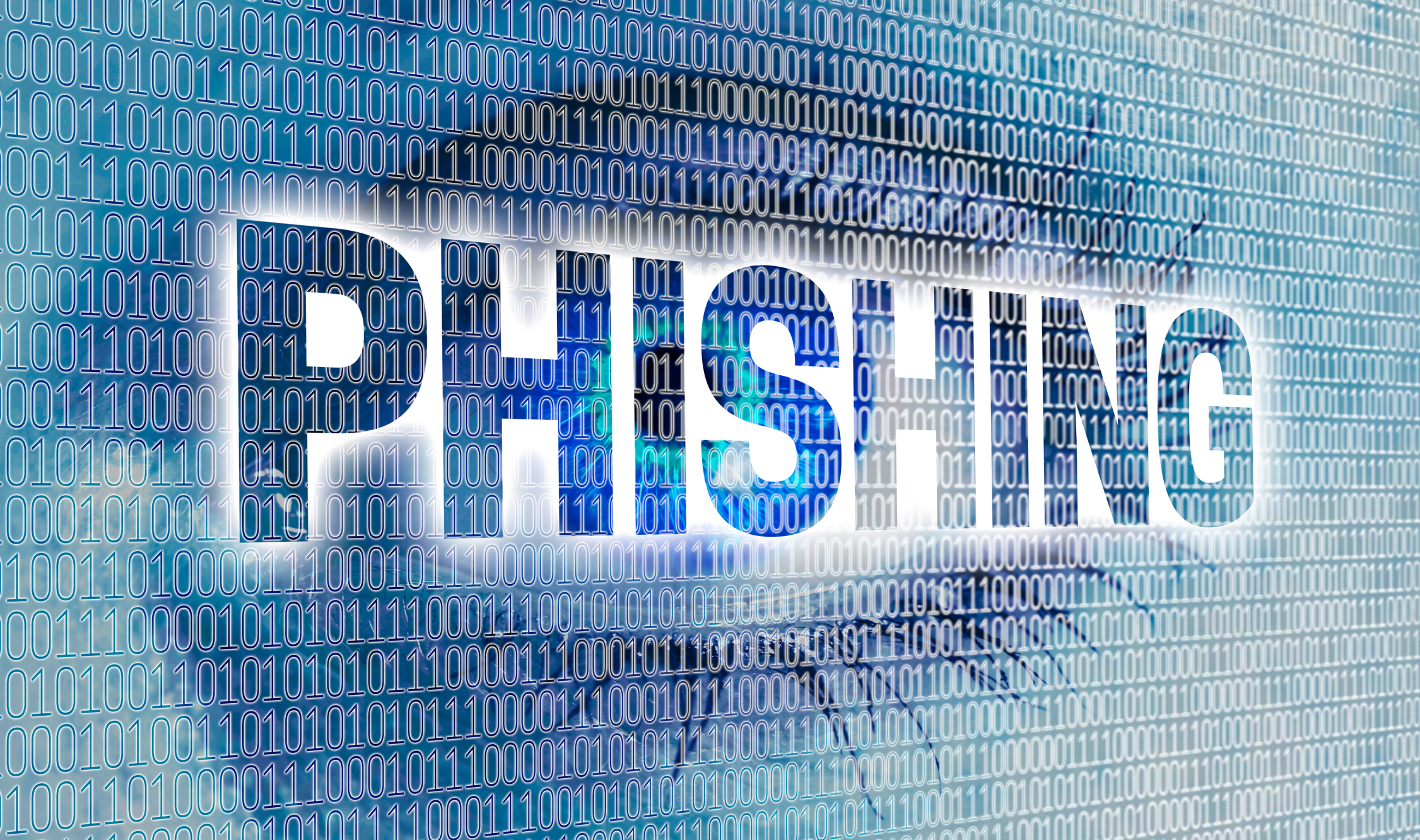
Passwords still rule when securing user accounts
A new global study reveals that 58 percent of people use a username and password to login to personal accounts and 54 percent do so to login to work accounts.
The report from Yubico, based on a study of 20,000 people around the world carried out by Talker Research, reveals a worrying lack of awareness of best practices for authentication. 39 percent think username and password are the most secure and 37 percent think mobile SMS based authentication is the most secure, though both are highly susceptible to phishing attacks.

Why third-party email filters may be ineffective in Microsoft 365 environments
Because email is the primary source of initial entry in many breaches, many organizations pay for sophisticated, third-party email filtering solutions on top of the protections afforded by Microsoft 365. This is a wise investment; having layers of protection by different vendors helps eliminate blind spots found in any one vendor solution and provides complexity that can foil attack attempts.
Yet, few know that threat actors can easily bypass these third-party filtering products by directing emails to onmicrosoft.com domains that are an inherent part of the Microsoft 365 configuration.

Old habits, new threats -- Why more phishing attacks are bypassing outdated perimeter detection
Perimeter solutions such as Secure Email Gateways (SEGs) have long been a cornerstone of email security, historically serving as the primary line of defence against malicious emails entering an organization. Utilizing legacy technology such as signature and reputation-based detection, SEGs have provided pre-delivery intervention by quarantining malicious attacks before they reach the end recipient.
Why, then, are 91 percent of cybersecurity leaders frustrated with their SEGs, and 87 percent considering a replacement?

File sharing phishing attacks increase 350 percent
Although it dates back to the very early days of the internet, email remains a vital communications channel for businesses. But it also continues to present security challenges.
A new report from Abnormal Security reveals a 350 percent year-on-year growth in file-sharing phishing attacks, while business email compromise attacks (BEC) have grown over 50 percent from the second half of 2023 to the first half of 2024.

The C-suite conundrum: are senior executives the Achilles' heel of cybersecurity?
In today's digital landscape, an organisation's C-suite and senior executives hold the most valuable corporate data and sign-off authorities, representing the highest potential risk over email. Whether it's inbound spear phishing attacks or outbound mistakes resulting in a damaging data breach, the C-suite are vulnerable.
But what do cybercriminals want from these individuals, are breaches always a result of external actors, and what can organisations do to protect their top decision-makers?

62 percent of phishing emails pass DMARC checks
Phishing remains a significant threat to organizations. A new report from Darktrace shows 17.8 million phishing emails detected across its customer fleet between December 21, 2023, and July 5, 2024. Alarmingly, 62 percent of these emails successfully bypassed DMARC checks.
Cybercriminals are embracing more sophisticated tactics, techniques and procedures designed to evade traditional security parameters.

Nation-state actors exploit political tension to launch phishing campaigns
A new report from phishing protection specialist Bolster identifies 24 separate nation-state threat actor groups attempting to exploit rising political tensions across the US to interfere with the 2024 presidential elections.
Attackers are leveraging AI to automate mass spam campaigns, and also to reply in real-time. This targeting and interactivity at scale increases their chances of gaining access to more sensitive data. The influx of election-themed spam is a significant cyber threat, causing widespread confusion among citizens and undermining trust in legitimate election communications.

40 percent of BEC attacks are AI generated
Almost half (49 percent) of all detected spam emails are attributed to business email compromise (BEC) scams, with the CEO, followed by HR and IT, being the most common targets according to a new report.
The research from VIPRE Security Group puts a more sinister complexion on this trend, revealing that a full 40 percent of the BEC emails uncovered were AI-generated, and in some instances, AI likely created the entire message.

Size matters when it comes to email attacks
Of course all companies are vulnerable to email threats, but analysis by Barracuda of targeted email attacks over the past year, reveals that organizations are vulnerable in different ways, according to their size.
Lateral phishing -- where attacks are sent to mailboxes across the organization from an already compromised internal account -- makes up just under half (42 percent) of targeted email threats against organizations with 2,000 employees or more, but just two percent of attacks against companies with up to 100 employees.

Attackers defeat SEGs using… SEGs
Email security tools such as Secure Email Gateways (SEGs) often encode URLs that are embedded in emails. This enables the security appliance to scan the URL before the recipient visits the website.
But when SEGs detect URLs in emails that have already been SEG encoded they don't scan the URL. A new report from Cofense reveals that threat actors are making use of this to avoid detection.

URL protection services used to mask phishing attacks
Cybercriminals are abusing legitimate URL protection services to hide malicious URLs in phishing emails, according to a new Threat Spotlight from Barracuda Networks.
Researchers have observed phishing attacks taking advantage of three different URL protection services to mask their phishing URLs. The services are provided by trusted, legitimate brands. To date, these attacks have targeted hundreds of companies.

Poor DMARC implementation leaves companies vulnerable to threats
Only 61 percent of manufacturing businesses have adopted DMARC, with 19 percent of the total manufacturers analyzed having adopted the most stringent 'p=reject' DMARC policy.
New research from email security provider EasyDMARC, which surveyed almost 5,000 global manufacturing companies, finds 43 percent of those with DMARC use a low-security DMARC policy that allows suspicious emails to reach inboxes but enables reporting on such activity.

Half of employees afraid to report security errors
Half of respondents say that they would not feel free from repercussions if they reported a cybersecurity mistake within their organization.
A new survey from ThinkCyber Security also shows that a quarter of cybersecurity professionals doubt their colleagues change their behavior with current security awareness training, and 60 percent admit they only get training once every few months or even just once a year.

From application to zero trust: Identity security fundamentals to stay ahead of the threat landscape
Cybercriminals are not new, and often neither are their tactics. Despite this, phishing attacks, which incorporate social engineering in emails and messages to persuade people to perform an action that puts organizations at risk, continue to be highly successful. New technologies, such as GenAI, are improving these tactics further and companies must implement a strategic approach built on a solid foundation of identity security to minimize risks.
The most glaring vulnerability within an organization stems from human error. Mistakes such as using weak passwords, reusing credentials across multiple platforms, or falling victim to phishing attacks, can provide malicious actors with an easy gateway into secure systems. Social engineering exploits the natural human inclination to trust, deceive employees into divulging sensitive information or unwittingly granting access. Despite widespread awareness campaigns, these tactics continue to succeed, highlighting the gap between knowledge and practice, which presents a major risk to organizations.

Businesses regularly face AI-driven fraud
A new report finds that 76 percent of fraud and risk professionals believe their business has been targeted by AI-driven fraud, with over half reporting this type of fraud happening daily or weekly.
The study, from anti-fraud platform Sift, finds the emergence and increased adoption of AI tools, including publicly available chatbots, enables cybercriminals to conduct scalable fraud attacks against both individuals and businesses.
